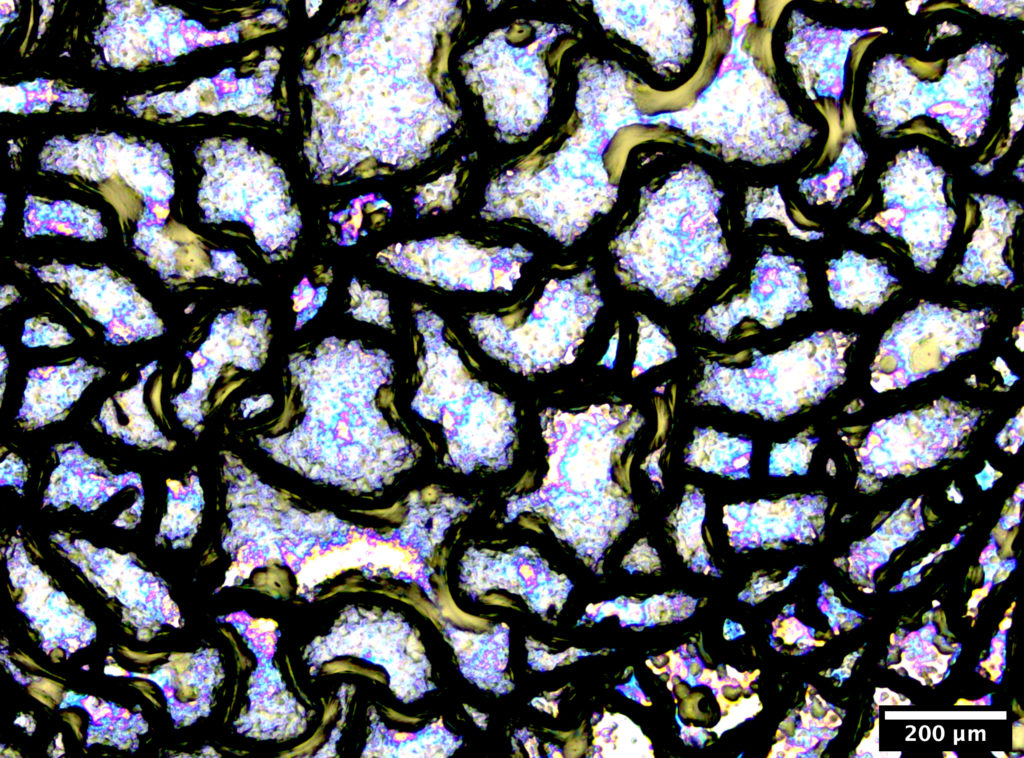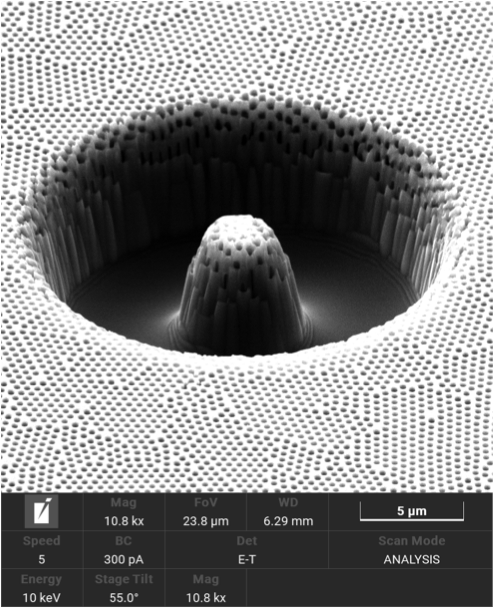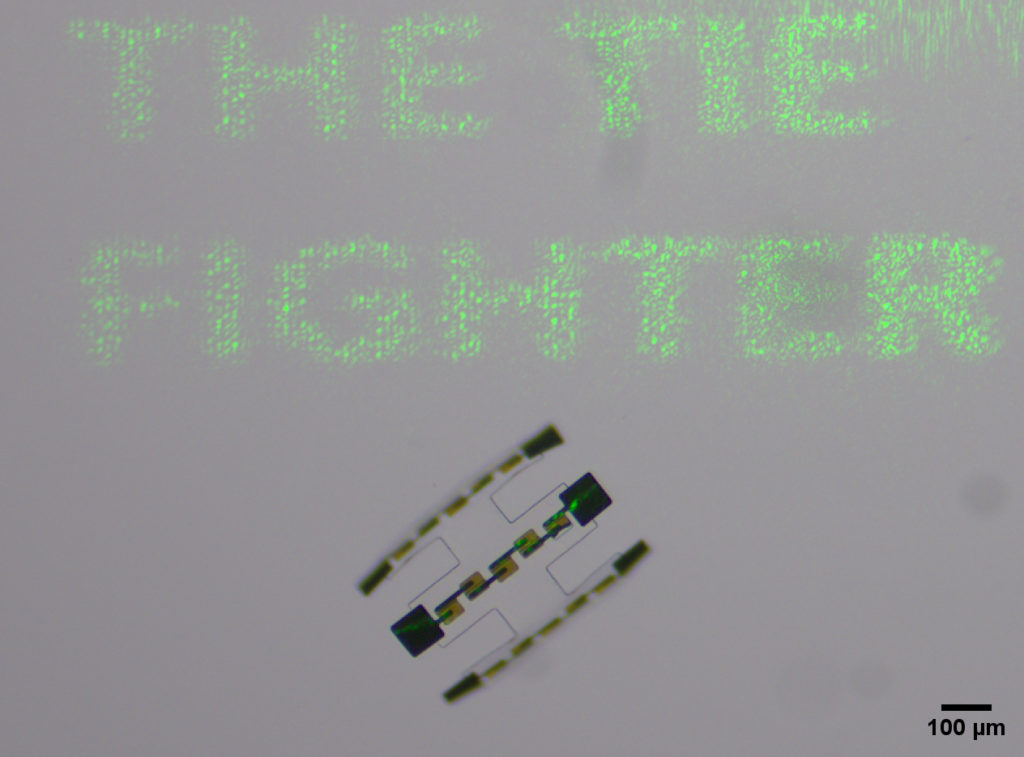The National Nanotechnology Coordinated Infrastructure (NNCI) is a network of labs and research centers equipped to visualize and manipulate matter at the smallest scales. Funded by the National Science Foundation, research undertaken within NNCI facilities is incredibly broad, with applications in electronics, materials, biomedicine, energy, geosciences, environmental sciences, consumer products, and many more. The tools and technology at these sites are designed to accommodate explorations that stretch the spectrum from materials and processes through devices and systems.
As the Mid-Atlantic Nanotechnology Hub, Penn’s Singh Center is one of NNCI’s member sites. In honor of National Nanotechnology Day, October 9th, the NNCI hosts an annual “Plenty of Beauty at the Bottom” image contest. Singh researchers along with sites from across the NNCI submit stunning, unique, and whimsical images of the micro and nanoscale for the 2022 contest, and public votes determine the winners.
Referencing Richard Feynman’s 1959 lecture, “There’s Plenty of Room at the Bottom,” this image contest celebrates the beauty of the micro and nanoscale. It commemorates Feynman’s call for scientists and engineers to think big by visualizing the very small. Using the highly specialized microscopes available at NNCI sites, the entries depict complex structures that are no bigger than a red blood cell, as well as useful patterns with features only a few atoms across.
Three images produced at the Singh Center are in contention this year, one in each of the contest’s categories: “Most Stunning,” “Most Unique Capability,” and “Most Whimsical.”
Voting is open to the public until October 13th.
Most Stunning: Stained Glass

Artists: Matthew Campbell, postdoctoral researcher in the Department of Mechanical Engineering and Applied Mechanics (MEAM), and Pawan Kumar, then a postdoctoral researcher in the departments of Materials Science and Engineering (MSE) and Electrical and Systems Engineering (ESE), now at IMEC-Belgium.
Advisors: Igor Bargatin, Associate Professor in MEAM, Eric Stach, Robert D. Bent Professor of Engineering in MSE and Director of the Laboratory for Research on the Structure of Matter, and Deep Jariwala, Assistant Professor in ESE.
Description: “We were developing highly reflective, lightweight films for laser-powered interstellar travel. One of our prototypes became corroded during one of the fabrication steps and looked like this in the optical microscope. More specifically, we grew a thin metalized film on top of a ceramic film that coated a double-side-polished silicon chip. The backside of the chip was corroded during the growth process of the metalized film. We deposited another thin ceramic film over the thin metalized film.”
Most Unique Capability: Sombrero – Mexican Hat

Artist: Pariasadat Musavigharavi, postdoctoral researcher in MSE and ESE.
Advisor: Eric Stach and Troy Olsson, Assistant Professor in ESE.
Description: “In order to improve the performance of the porous Silicon electrodes, Silver (Ag) nanoparticles are introduced to nanowells array of Silicon electrode. These Ag nanoparticles are blocked/covered by the walls of the arrays. FIB/SEM is a powerful technique to reveal the structure and chemical composition of nanoparticles by milling a few nanowells and capturing the inside.”
Most Whimsical: Microscopic TIE Fighter

Artists: William Reinhardt, Ph.D. student in ESE, and Lucas Hanson, Ph.D. student in the Department of Physics and Astronomy in the School of Arts & Sciences.
Advisor: Marc Miskin, Assistant Professor in ESE.
Description: “This image shows one of our various electronically-controlled microrobots dubbed, ‘The TIE Fighter.’ Utilizing on-board solar cells, the robot is able to swim around its environment when illuminated by light. To precisely control and steer robots, we create holograms (such as the text you see in the image) out of laser light and feed them into the microscope field of view. This technique allows us to power robots individually, but also gives control over large groups of robots at the same time — paving the way for future research into areas like swarming.”
